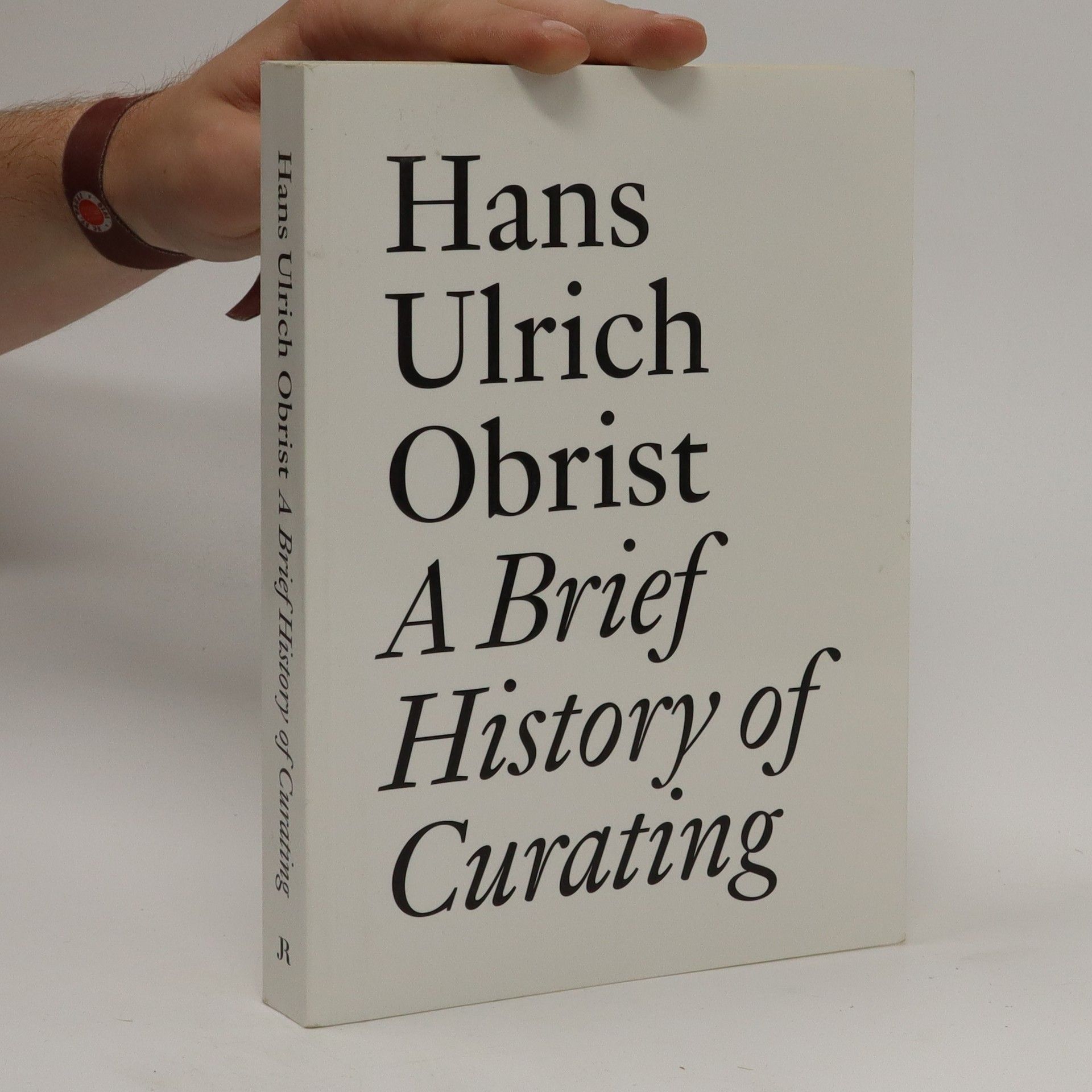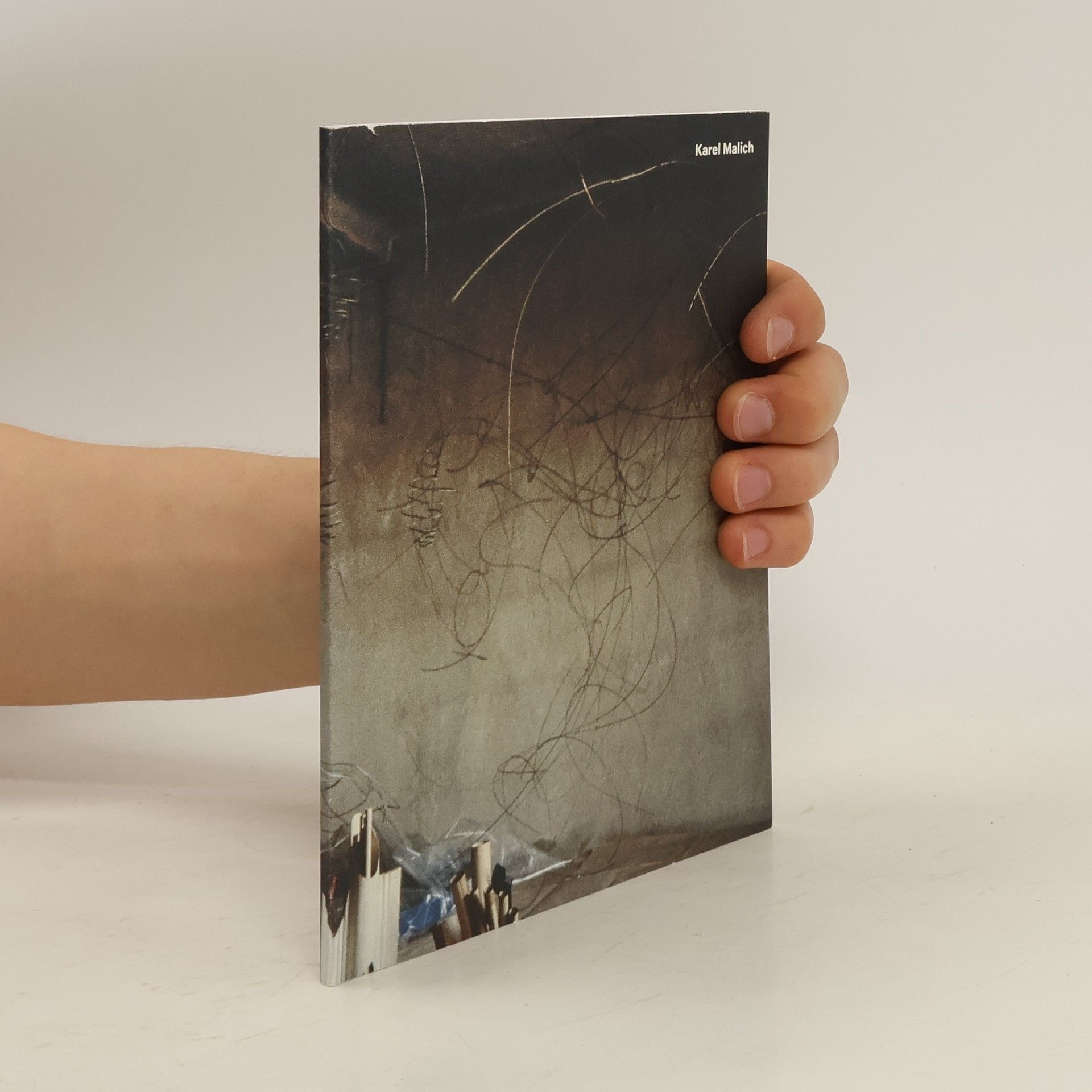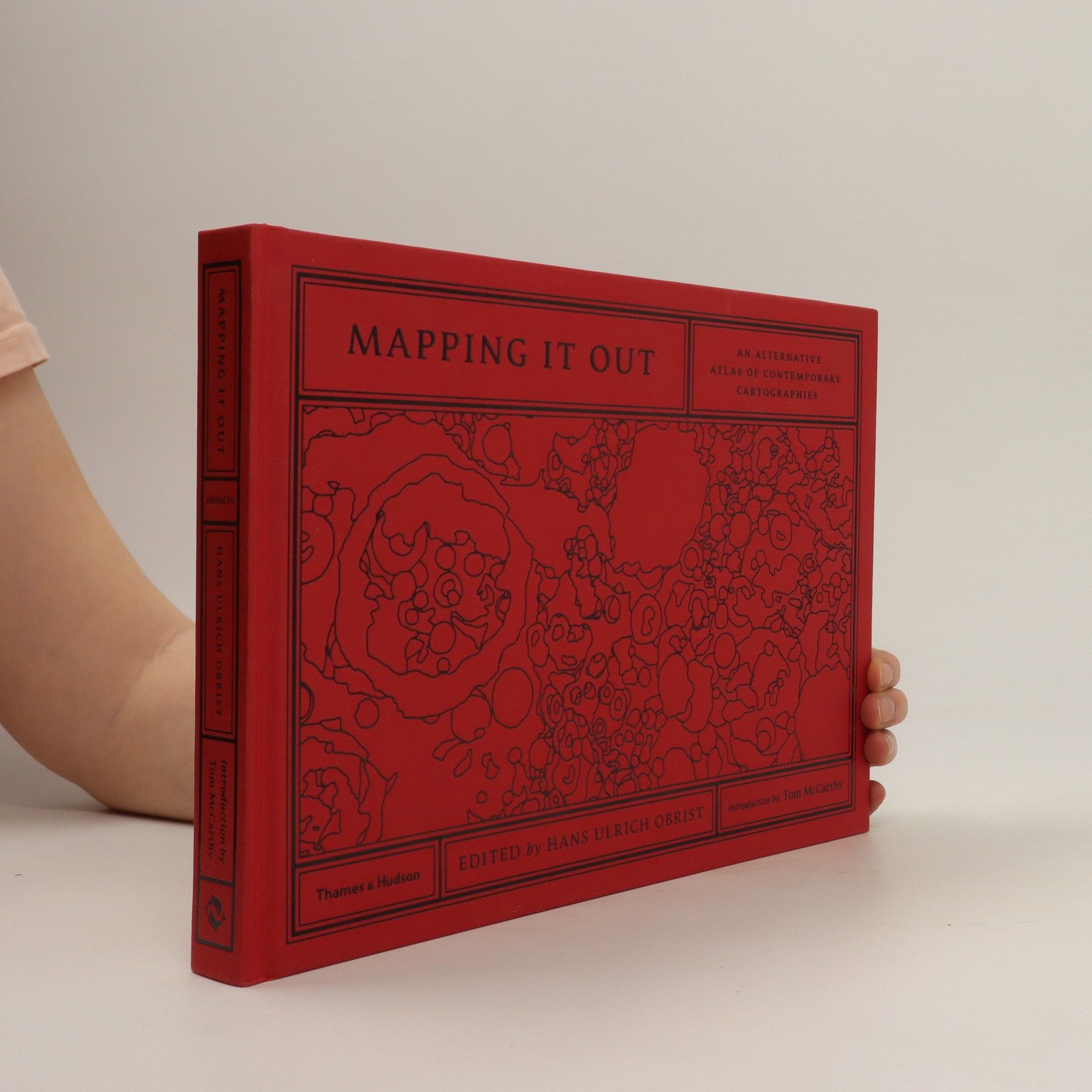Mapping it out : an alternative atlas of contemporary cartographies
- 240 stránok
- 9 hodin čítania
Hans Ulrich Obrist je popredný kurátor a teoretik umenia, známy svojou vášňou pre umenie a neúnavným skúmaním tvorivého procesu. Jeho práca sa zameriava na dialóg s umelcami a na prepájanie rôznych umeleckých disciplín. Obrist je priekopníkom v organizovaní rozsiahlych verejných podujatí a výstav, ktoré spochybňujú tradičné formáty a zapájajú divákov do aktívneho prežívania umenia. Jeho vplyv siaha ďaleko za hranice galérií, keďže aktívne formuje súčasnú umeleckú krajinu prostredníctvom publikácií a interdisciplinárnych projektov.







This publication is dedicated to pioneering curators and presents a unique collection of interviews by Hans Ulrich Obrist: Anne d'Harnoncourt, Werner Hofman, Jean Leering, Franz Meyer, Seth Siegelaub, Walter Zanini, Johannes Cladders, Lucy Lippard, Walter Hopps, Pontus Hultén, and Harald Szeemann are gathered together in this volume. * * The contributions map the development of the curatorial field, from early independent curating in the 1960s and 1970s and the experimental institutional programs developed in Europe and in the USA at this time, through Documenta and the development of biennales. * * The book is part of the Documents series, co-published with Les presses du réel and dedicated to critical writings. * * Sixth edition.
Tyler Mitchell explores the concept of a black utopia through his work as a photographer and filmmaker. Gaining recognition after photographing Beyoncé for Vogue in 2018, he challenges the dominant perspectives of the white majority and aims to create an independent narrative for people of color.
The book features iconic photographs from Annie Leibovitz's 40-year career, showcasing her evolution as a photographer. It includes her early photojournalistic work for Rolling Stone in the 1970s and her later conceptual portraits for renowned magazines like Vanity Fair and Vogue. This unlimited XXL edition highlights the breadth of her artistic vision and impact on contemporary photography.
The first book to explore the fascinating career and fantasy-driven worlds created by the acclaimed Argentinean artist Adrián Villar Rojas's works concoct imaginary realms. Usually made from clay, his colossal installations are transitory and so cannot be collected, as they disappear or decay over time. His practice confronts the public with ideas of obsolescence and extinction, but also with the possibilities of humankind and its endless imagination. This is the first book to include all of Villar Rojas' most significant projects, featured in international biennials such as Venice, Documenta, Shanghai, and others.
Focusing on the vibrant artistry and cultural significance of Esther Mahlangu, this book delves into her journey as a prominent South African painter. It highlights her contributions to Pan-African Contemporary Art, showcasing her unique style and the profound impact of her work on the art world. Through a rich narrative, readers gain insight into Mahlangu's life, her artistic evolution, and the colorful traditions that inspire her creations.
Hans-Peter Feldmann und Hans Ulrich Obrist, die sich seit 20 Jahren kennen, haben lange Zeit über die Möglichkeit eines Interviews gesprochen. Schließlich habe man sich dafür entschieden, dass Obrist seine Fragen schriftlich stellt und Feldmann sie jeweils mit einem Bild beantwortet.
At first glance, the artist and the scientist don't seem to have very much in common. One deals with aesthetics, emotions, and visual power, while the other works with facts, verifiable proof, and academic rigor. At another level, however, we find both artists and scientists work in the realms of imagination, of asking what is possible, of experimentation. One of the ways that these similarities find their expression is in the the artist's studio and the scientist's laboratory. Laboratorium explores the laboratory and the studio on the basis of their various concepts within different disciplines. Drawings from distinct yet interrelated domains, the book singles out complex scientific and artistic investigations into the limits and possibilities of the places where knowledge and culture are made. Published on the occasion of an exhibition in Antwerp, it presents, in a volume designed by Bruce Mau, the experiments, laboratories, and projects initiated by participants from various fields in the arts and sciences. In addition, there are several essays and interviews that trace the intellectual implications of the workplace and process of investigations.
Eine Nation zog in den Krieg, eroberte einen Kontinent und wurde durch Atombomben zerstört. Die Sieger zwangen den Besiegten die Demokratie auf. Für eine Gruppe angehender Architekten, Künstler und Designer war diese schwere Zeit eine Inspirationsquelle. Unter der Leitung eines Visionärs arbeiteten sie zusammen, um ihren Traum zu verwirklichen, unterstützt von einer kreativen Bürokratie und einem aktivistischen Staat. Nach 15 Jahren der Inkubation überraschten sie die Welt mit einer neuen Architektur, dem Metabolismus, der eine radikale Umgestaltung des Landes zum Ziel hatte. Zeitungen und Medien machten die Architekten zu modernen Helden. Durch harte Arbeit und Disziplin wurde Japan zu einem leuchtenden Vorbild. Als die Ölkrise das Ende des Westens einläutete, verbreiteten sich die Architekten weltweit und definierten eine post-westliche Ästhetik. Interviews mit den überlebenden Mitgliedern der Metabolismus-Bewegung, die sich 1960 in Tokio formierte, bieten Einblicke in Japans Architekturgeschichte des 20. Jahrhunderts. Von der kolonialen Mandschurei bis zum zerstörten Japan nach dem Krieg zeigen sie die Gründung der Metabolisten, den Aufstieg Kisho Kurokawas und die Höhepunkte des Metabolismus. Das Ergebnis ist eine lebendige Dokumentation, die Architektur als öffentliche Angelegenheit darstellt.